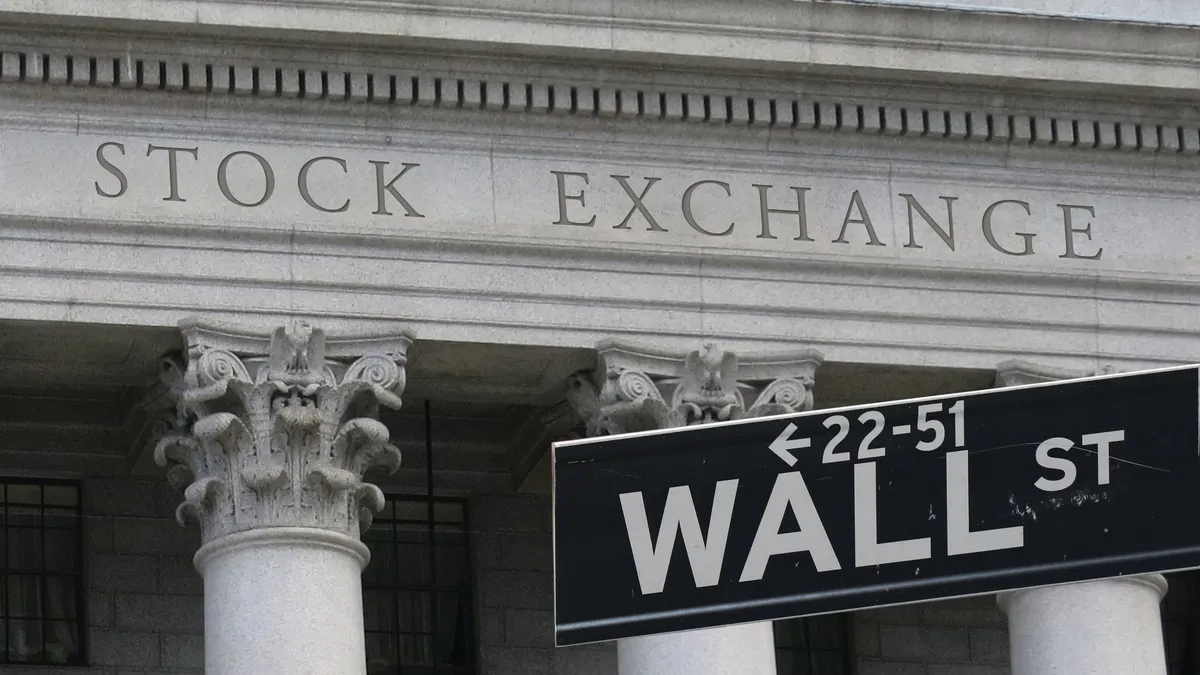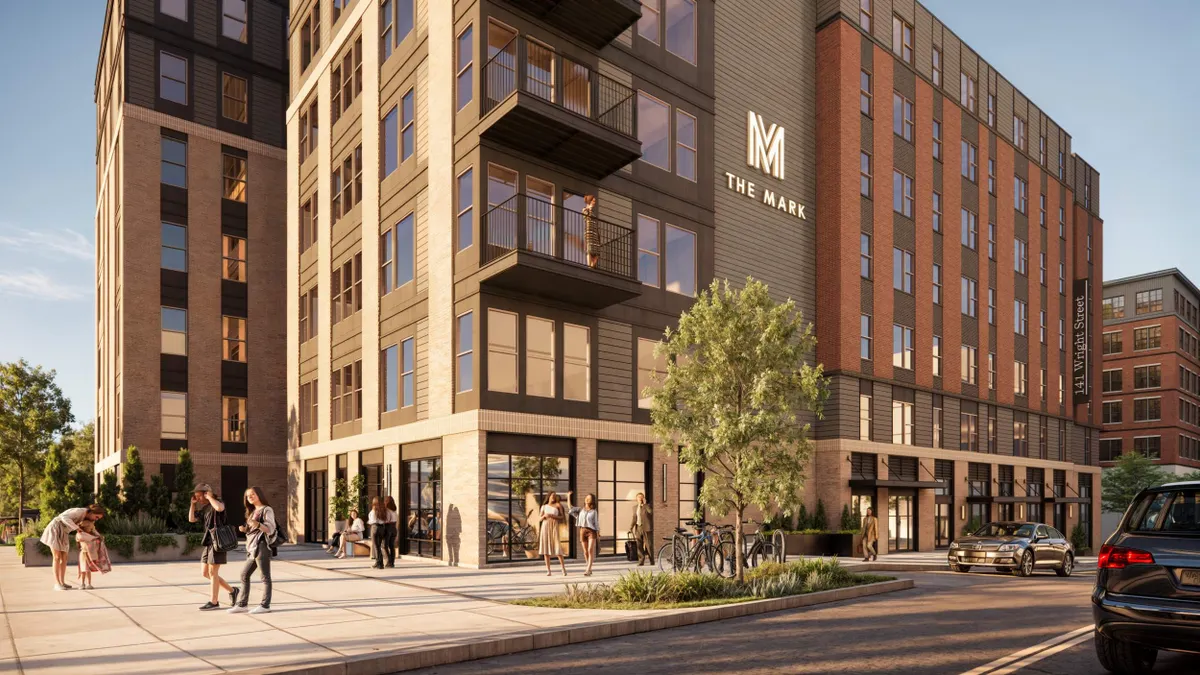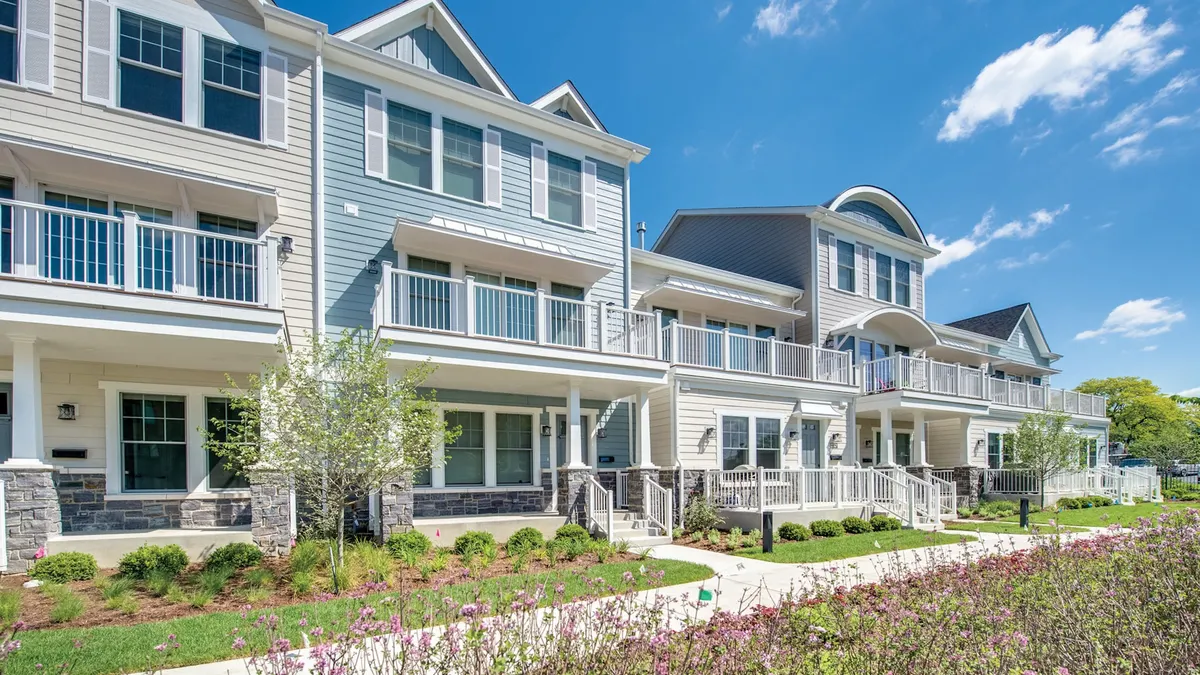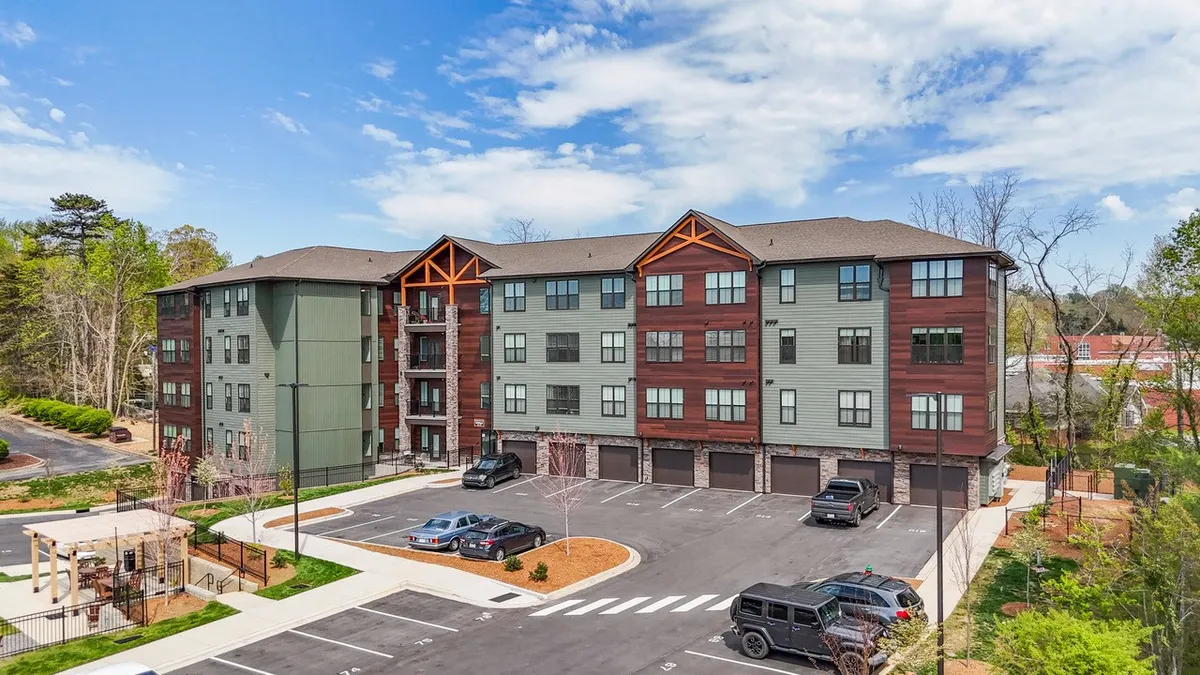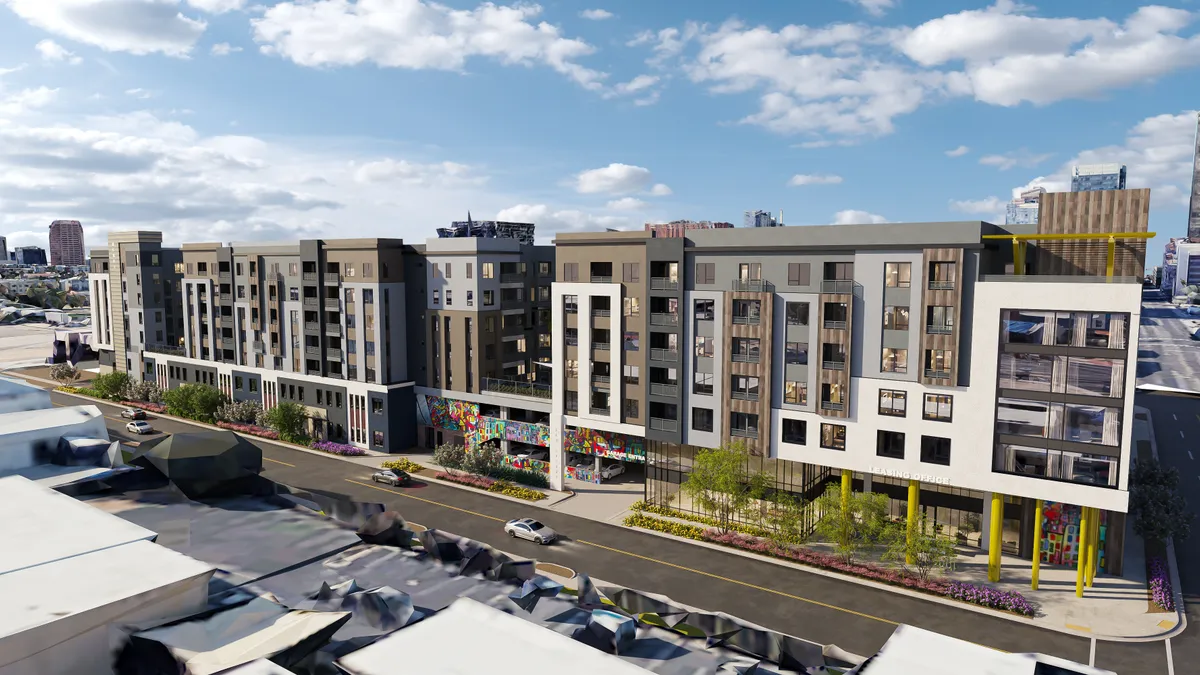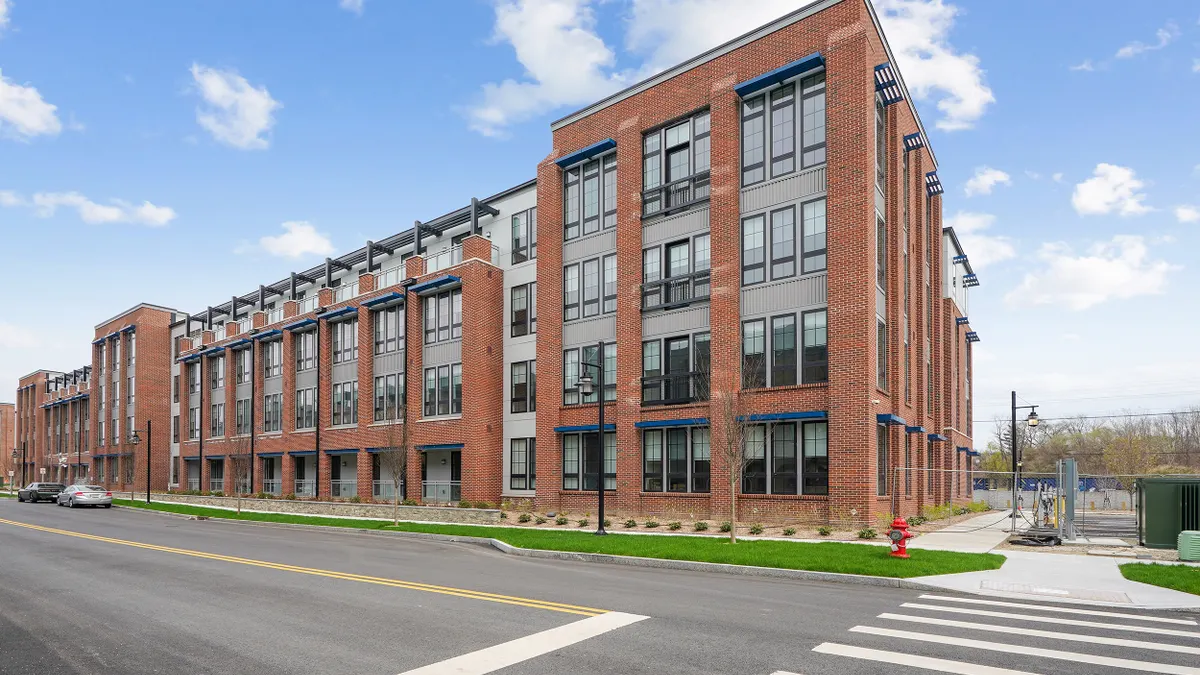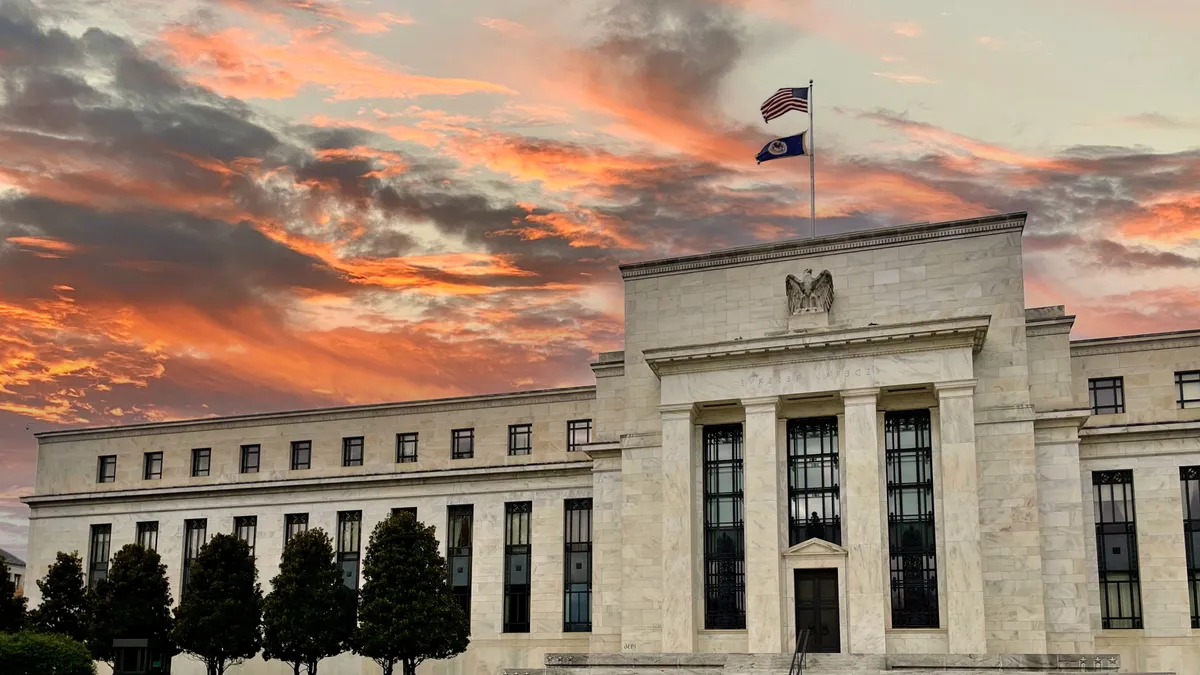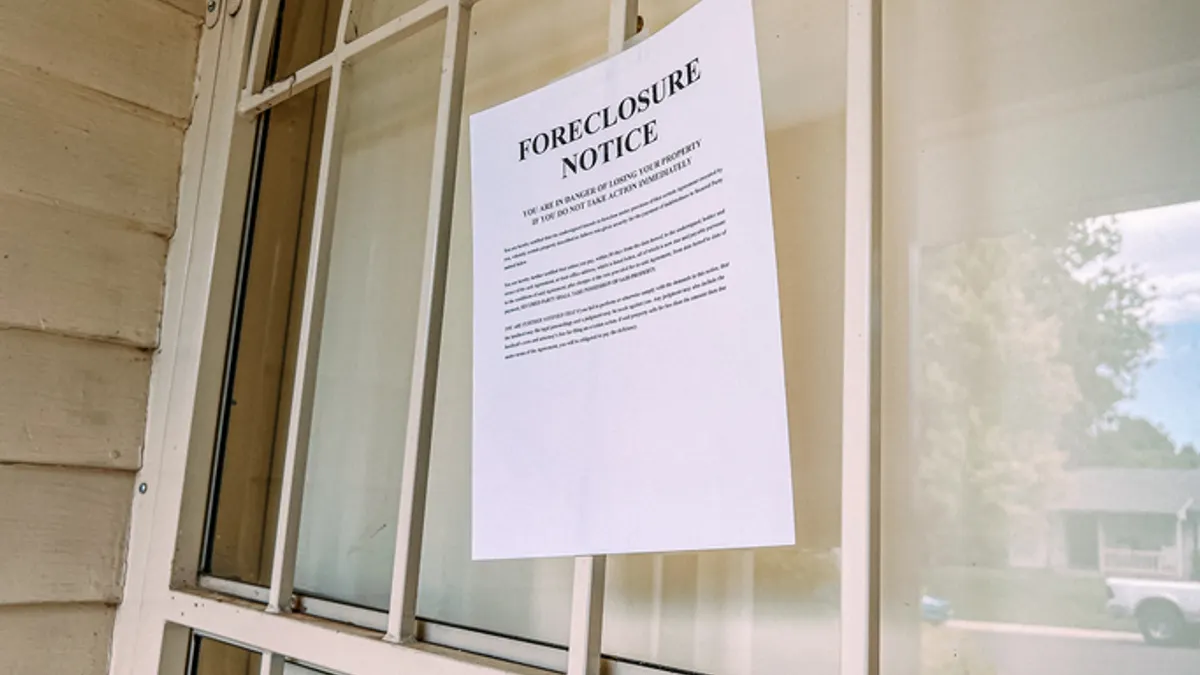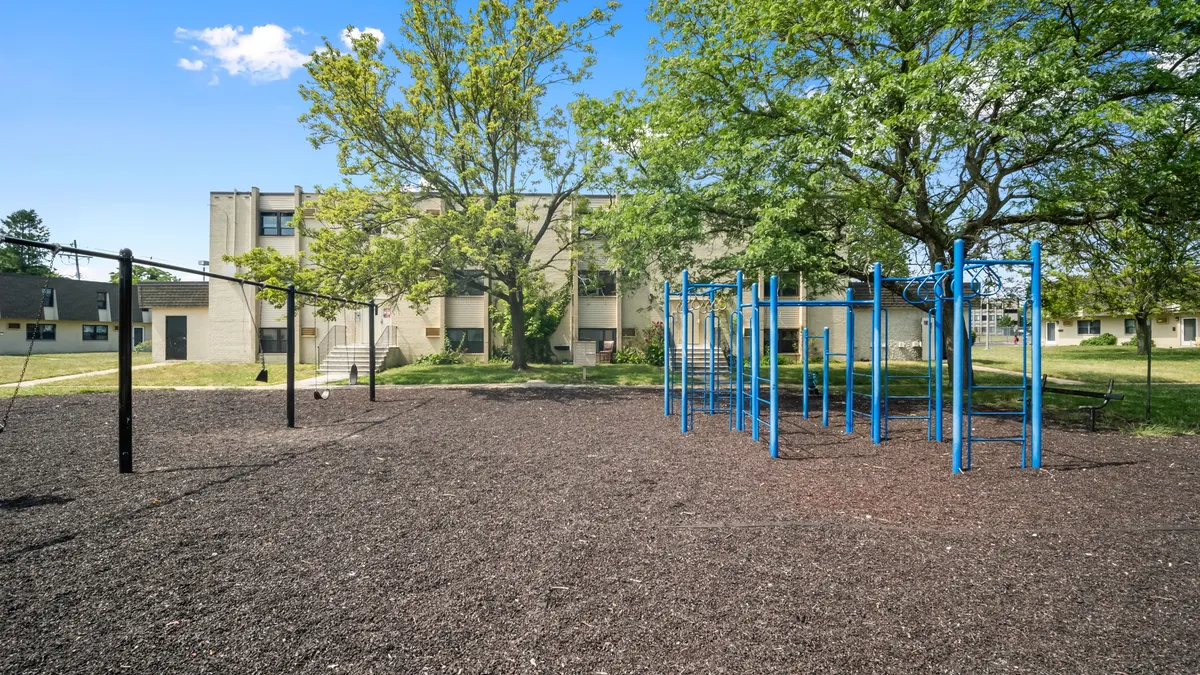Equity Residential beat analyst funds from operations estimates in the third quarter of 2025 due to lower property management costs, according to Anthony Paolone, executive director at JPMorgan.
However, the Chicago-based REIT’s same-store revenue, expense, net operating income and blended lease spreads came in below Paolone’s estimates, according to a research note shared with Multifamily Dive.
EQR’s new leases fell 1% in the quarter versus a 1.3% slump in Q3 2024, and its blended rates increased 2.2% compared to 2% in Q3 2024. However, its renewal rents came in at 4.5% in Q3 versus 4.6% a year ago.
“On the new customer acquisition side, we began to see weakness in traffic during the back half of September,” CEO Mark Parrell said on a Wednesday earnings call. “This was most pronounced in Washington, D.C., but it did manifest itself in other markets as well.”
As a result of this weakness, EQR adjusted the midpoint of its same-store revenue guidance down 15 basis points to 2.75%. Parrell did note that seasonal leasing patterns were accelerated in 2025.
“Overall, despite being ahead during the quarter, we think the core trends softening stand out,” Paolone wrote in the research note.
However, EQR’s management team did note some tailwinds. The REIT posted its highest Q3 renewal rates ever. In addition, it said its core resident base, people with college degrees, had an unemployment rate of 2.7%.
Here's a market-level look at EQR’s performance in Q3.
Coastal strength
Three and four years ago, the major coastal cities were drags on apartment REIT performance, as people left large metros for more affordability and space. Now, the tables have turned, with those areas driving growth as workers return to the office.
“Despite what is generally a mixed macroeconomic picture, we continue to see good demand and excellent resident retention across most of our markets with results strongest in San Francisco and New York,” CEO Mark Parrell said on the call.
Parrell called San Francisco, which has 15% of the firm’s NOI and is slated to be its top market for the year, the “epicenter of the AI technology revolution.”
“We are excited by what we are seeing in San Francisco, particularly the urban core, where we have more exposure than our competitors,” Parrell said.
Parrell also noted strength in Seattle, though new supply put its recovery pace behind that of San Francisco. New York City was also a strong performer, according to Chief Operating Officer Michael Manelis on the call.
“Job sentiment in the market is good, and competitive new supply has been, and will continue to be, very low, which should position us to deliver above average revenue growth again next year,” Manelis said.
DC and Boston issues
However, the situation wasn’t solid among all coastal markets. Washington, D.C., normally a stable performer, was facing multiple issues, which have forced EQR to focus on maintaining occupancy, according to Parrell.
“A combination of federal job cuts and the National Guard deployment, followed by the government shutdown, has created a lot of uncertainty in the local market,” Parrell said. “Most of the pressure is being felt in the district and in pockets of Northern Virginia.”
EQR’s CEO noted on the call that although the company wasn’t “experiencing residents turning in keys due to job loss,” its overall turnover decreased in Q3, and the volume of leasing has slowed as the market needs to absorb 13,000 units delivered this year.
“The good news is that in 2026, competitive supply in D.C. will drop 65% and remain low for the foreseeable future, which is a marked change from the past decade,” Parrell said. “Add to that our sense that in the long term, the federal government will continue to be a job engine, regardless of the near-term headwinds of temporary cuts or shutdowns.”
BY THE NUMBERS
| Category | Q3 | YOY Change |
| Property revenue | $727.6 million | 3.0% |
| Net operating income | $493 million | 2.8% |
| Operating expenses | $234.6 million | 3.6% |
| Funds from operations | $1.05 | 6.1% |
| Rent per unit | $3,218 | 2.7% |
| Occupancy rate | 96.3% | 20 bps |
EQR is also seeing some softening in Boston, partially due to federal government cutbacks. That has forced the REIT to reduce its Q4 outlook for the market.
“Right now, what we're seeing is a confirmation that a weaker biotech sector, pullback in university and research funding and immigration challenges are all just chipping away at this overall demand level in the market,” Manelis said.
Sun Belt supply
Roughly 11% of EQR’s NOI in Q3 is in the Sun Belt markets of Denver; Dallas, Fort Worth, and Austin, Texas; and Atlanta, according to Parrell.
“In these markets where the slowing job picture is meeting continued high levels of supply, we see a significant lack of pricing power,” Parrell said.
The CEO noted that supply pressure included recent new deliveries, slow lease-ups from completed properties and apartments delivered more than a year ago facing their first round of lease renewals.
“Landlords are struggling to remove lease-up concessions when going through the renewal process in places with many choices for consumers,” Parrell said. “This not-yet-fully-stabilized supply is less well tracked by data providers and is not as well understood by investors.”
Eventually, the supply will clear the market, giving Parrell optimism that the situation will improve. Still, the jobs market will have a major impact on the Sun Belt recovery. He is optimistic that the current pause in employment growth won’t be long-lasting.
“If we see job growth, I think we are off to the races in our coastal markets, and I think you'll see the recovery begin in our expansion markets in a more profound way than it has so far,” Parrell said.


